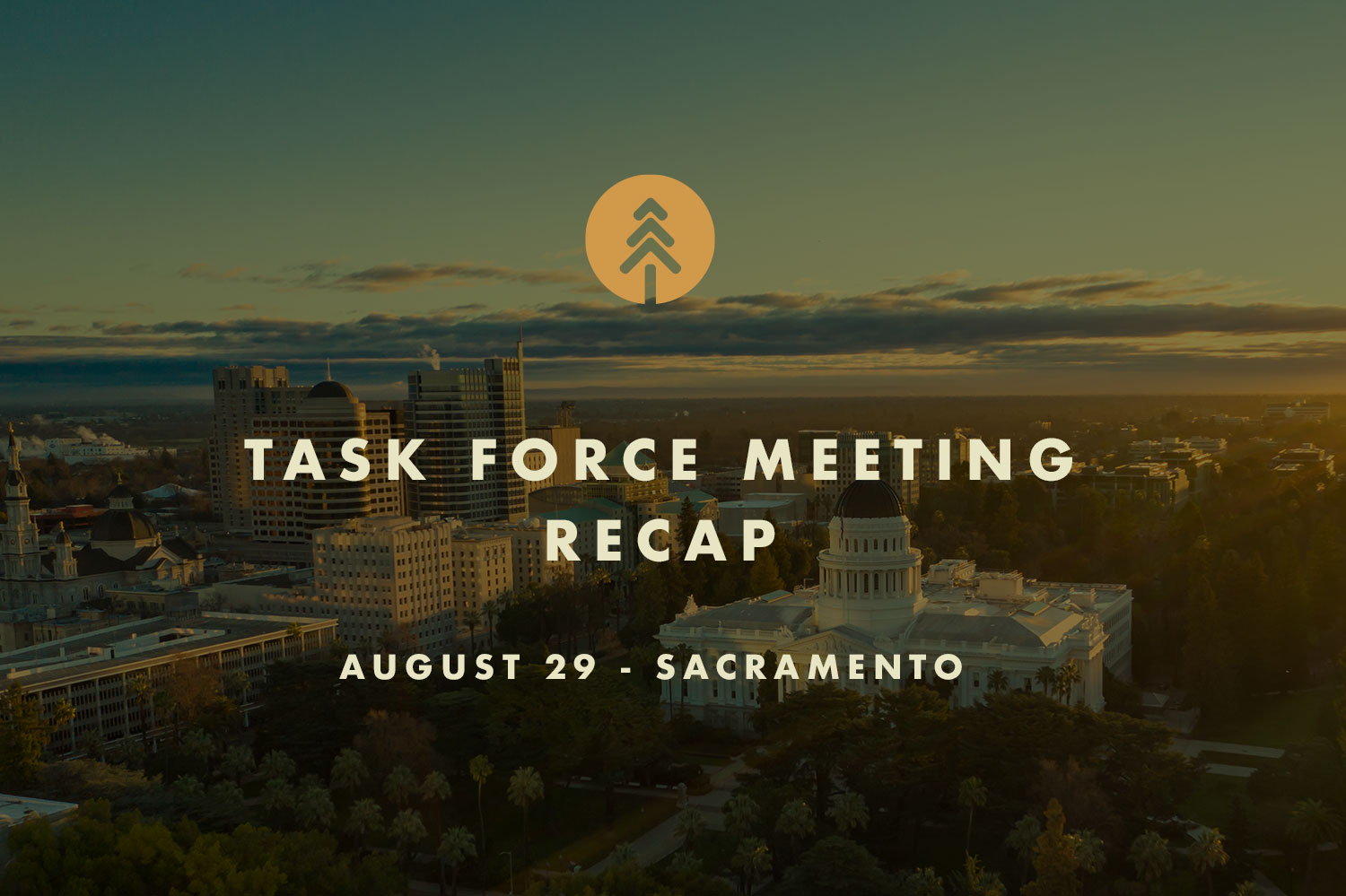30x30 Becomes Law
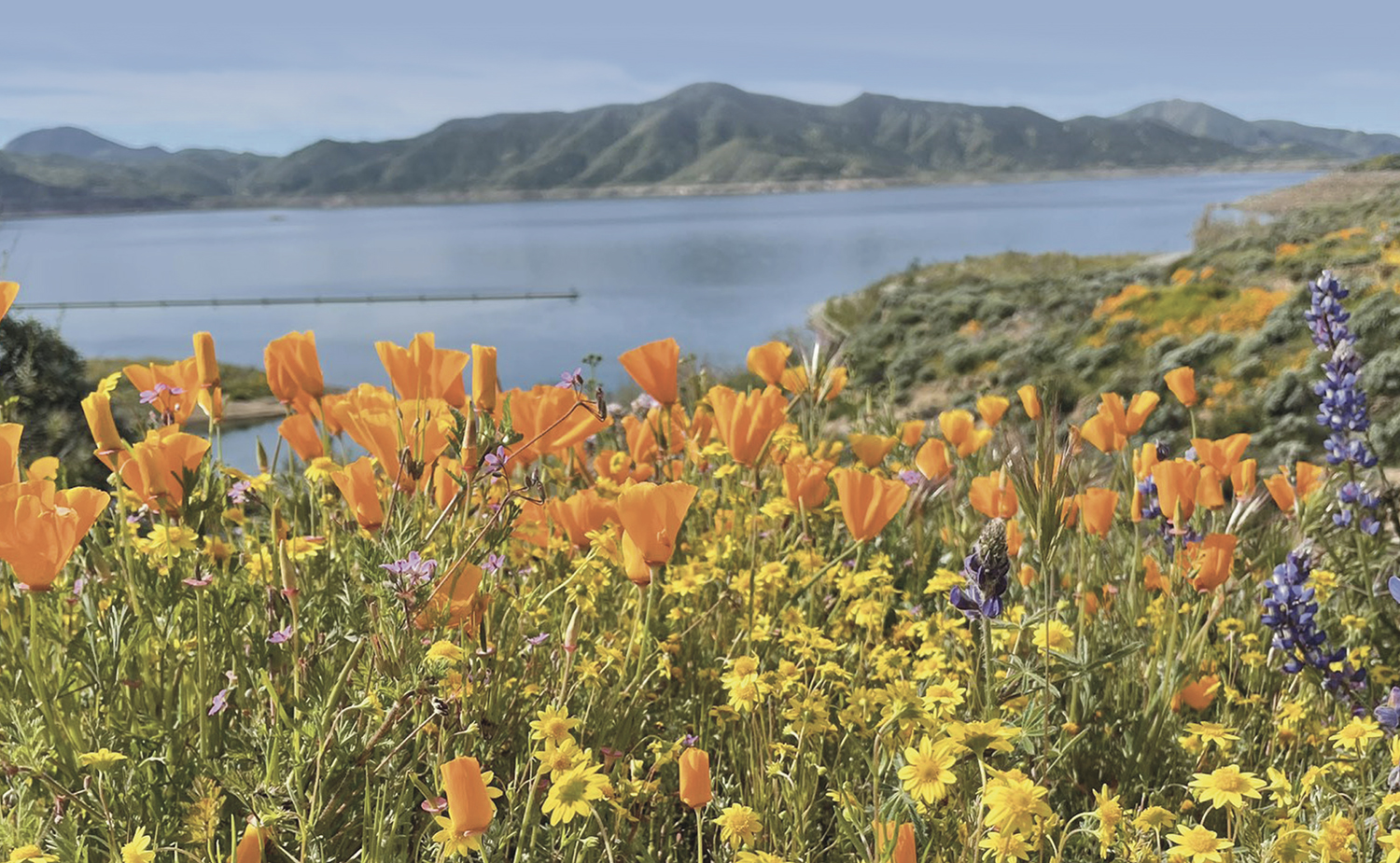
30x30 Becomes Law
On October 7 Governor Newsom signed Senate Bill (SB) 337, establishing the statewide goal to conserve at least 30 percent of California’s land and coastal waters by 2030 (30×30). This legislation establishes the goal in statute, ensuring that it will remain a commitment for future administrations through 2030. The three primary objectives of 30×30 are to conserve and restore biodiversity, expand access to nature, and mitigate and build resilience to climate change. Accomplishing these objectives will assist the Task Force in ongoing efforts to improve forest health to manage the risk of wildfire.
The Watershed Center Partners to Build CA’s Wildfire Resilience Workforce
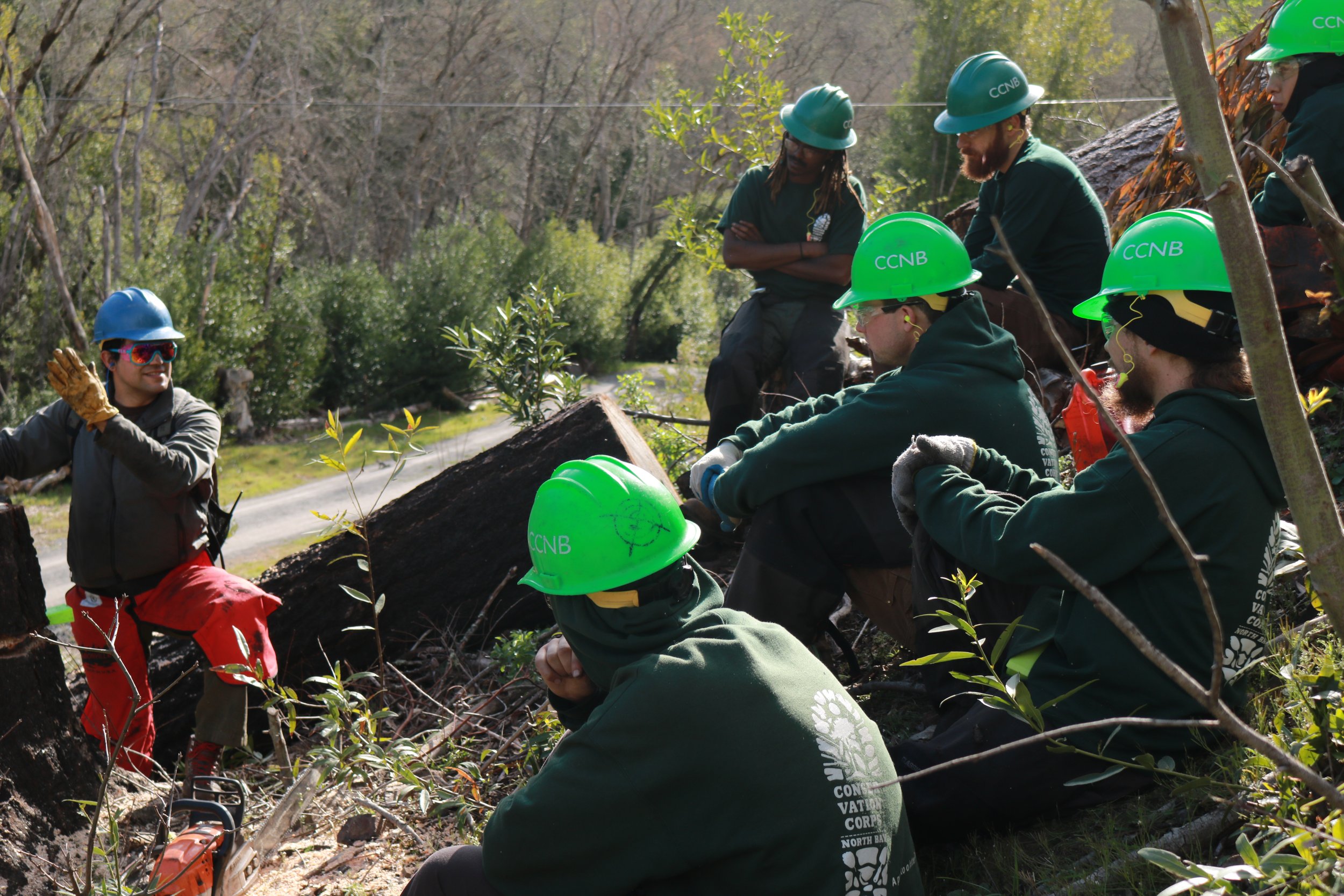
The Watershed Center Partners to Build CA’s Wildfire Resilience Workforce
Increased workforce training is critical to meeting the goals of the Task Force. To boost that effort, The Watershed Research and Training Center (The Watershed Center) is launching a new kind of workforce development effort, specifically tailored to Corpsmembers of Local Conservation Corps across California. The Watershed Center piloted this approach from January 2022 to August 2023 with Conservation Corps North Bay, using funds from the California Department of Conservation’s (DOC) Regional Forest and Fire Capacity (RFFC) Program. Now, thanks to continued RFFC funding and also a grant from CAL FIRE’s Workforce Development grant program, the Watershed Center is scaling up the effort.
Statewide Set of Regional Resource Kits Completed with Release of Northern CA Region
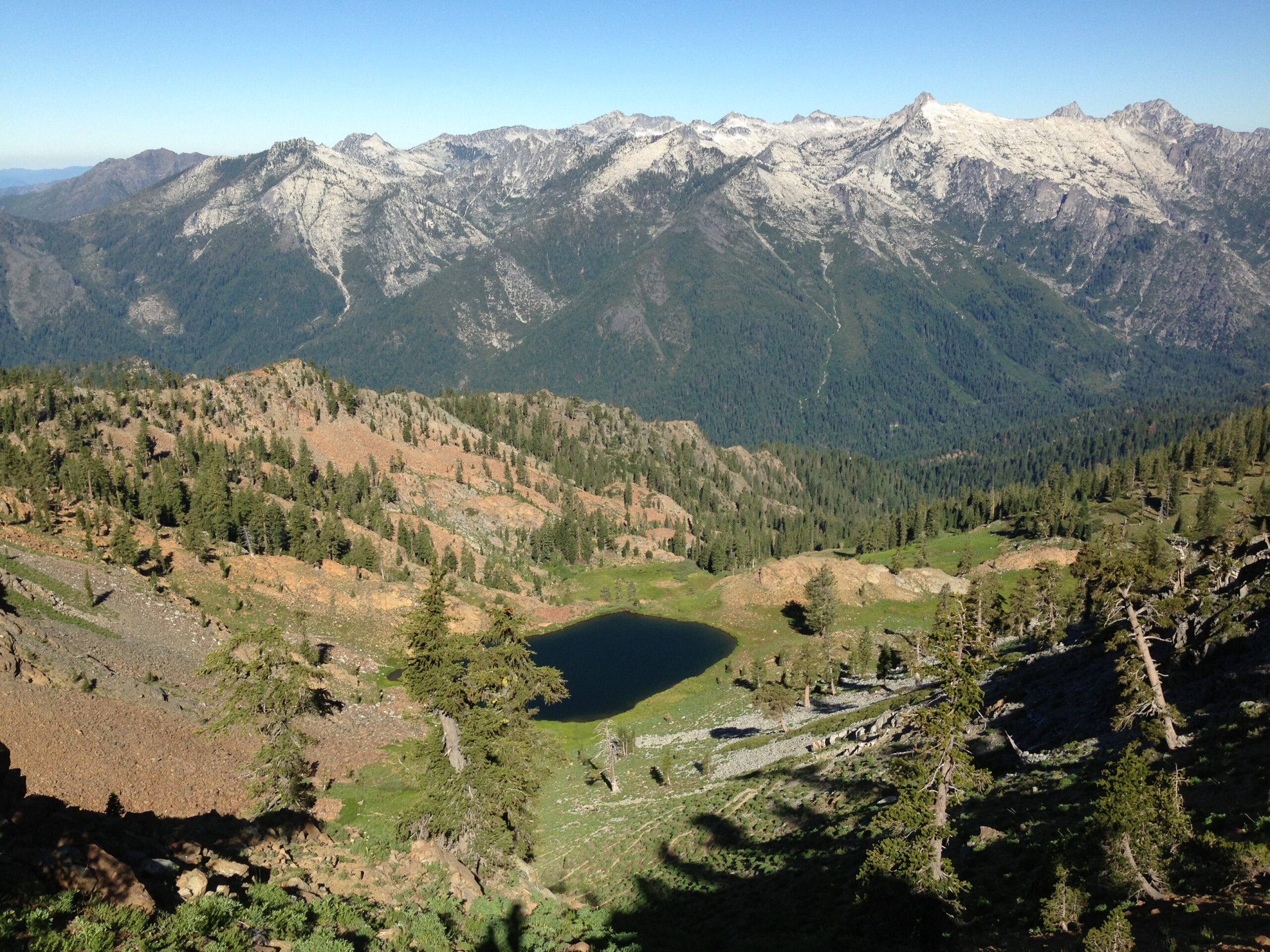
Task Force Offers Statewide Set of Regional Resource Kits with Release of Northern CA Region
On October 5, 2023, the Task Force released its fourth and final Regional Resource Kit and Regional Profile for Northern California. This adds to the kits and profiles already available for the Sierra Nevada, Southern California, and Central California Task Force designated regions. Kits provide sets of tools and data created to accelerate the work by regional partners and collaboratives to reduce wildfire hazard and improve the conditions of forested and shrub landscapes. Regional Profiles add socio-ecological context for each region, highlight examples of current condition assessments from the associated kit, and present findings from interviews and surveys about stakeholder priorities and concerns for community and ecosystem resilience.
USFS Invests Over $100 Million to Plant Trees and Combat Extreme Heat
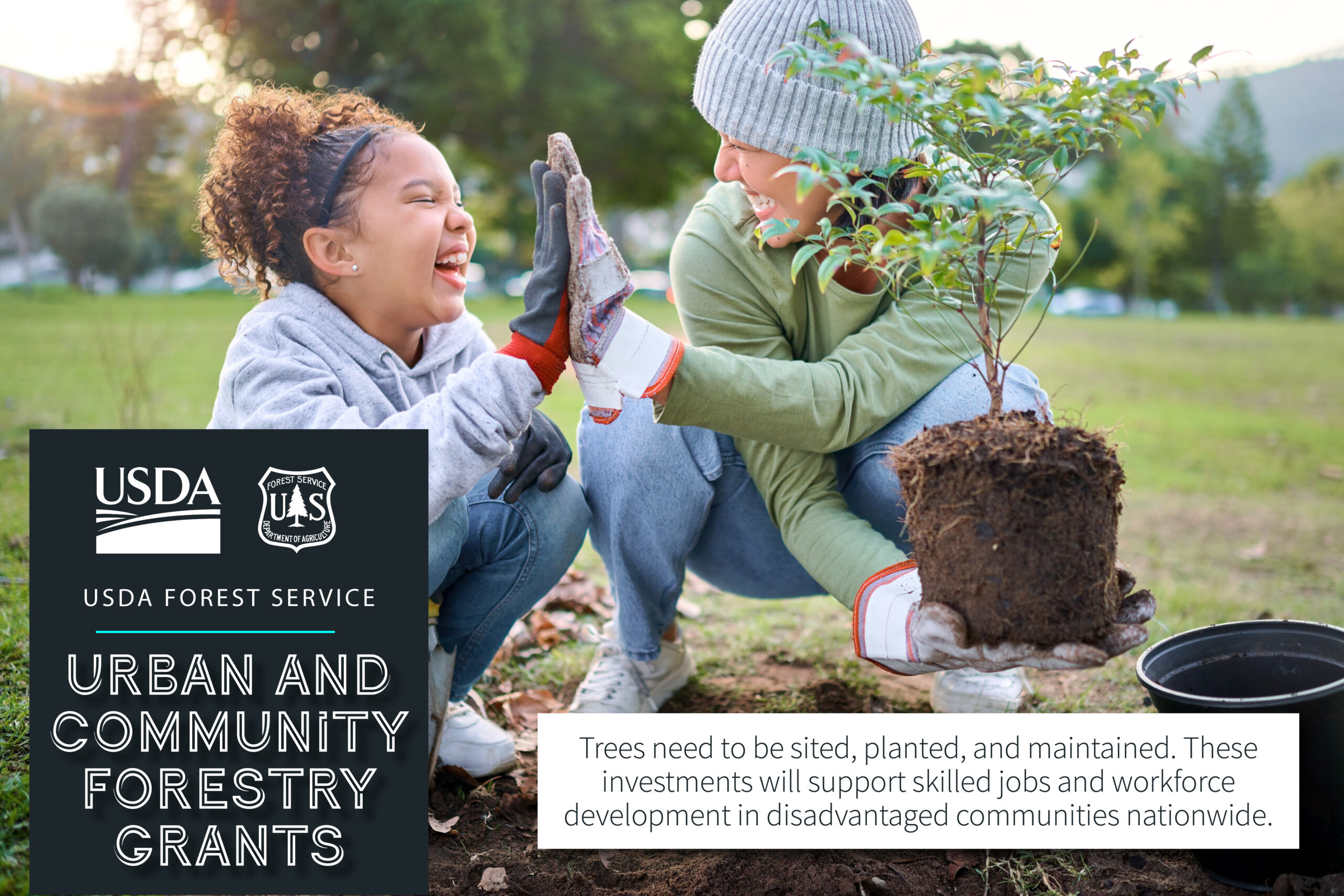
USFS Invests Over $100 Million in California to Plant Trees and Combat Extreme Heat
On September 14, the US Forest Service announced over $1 billion in Urban and Community Forestry grants to plant and maintain trees, combat extreme heat and climate change, and improve access to nature in cities, towns, and suburbs where more than 84% of Americans live, work, and play. This includes 43 funded projects with funds totaling over $100 million across cities in California. This is the largest single USDA Inflation Reduction Act investment to date in urban and community forests.
Lisa Lien-Mager Appointed CNRA Deputy Secretary for Forest and Wildfire Resilience
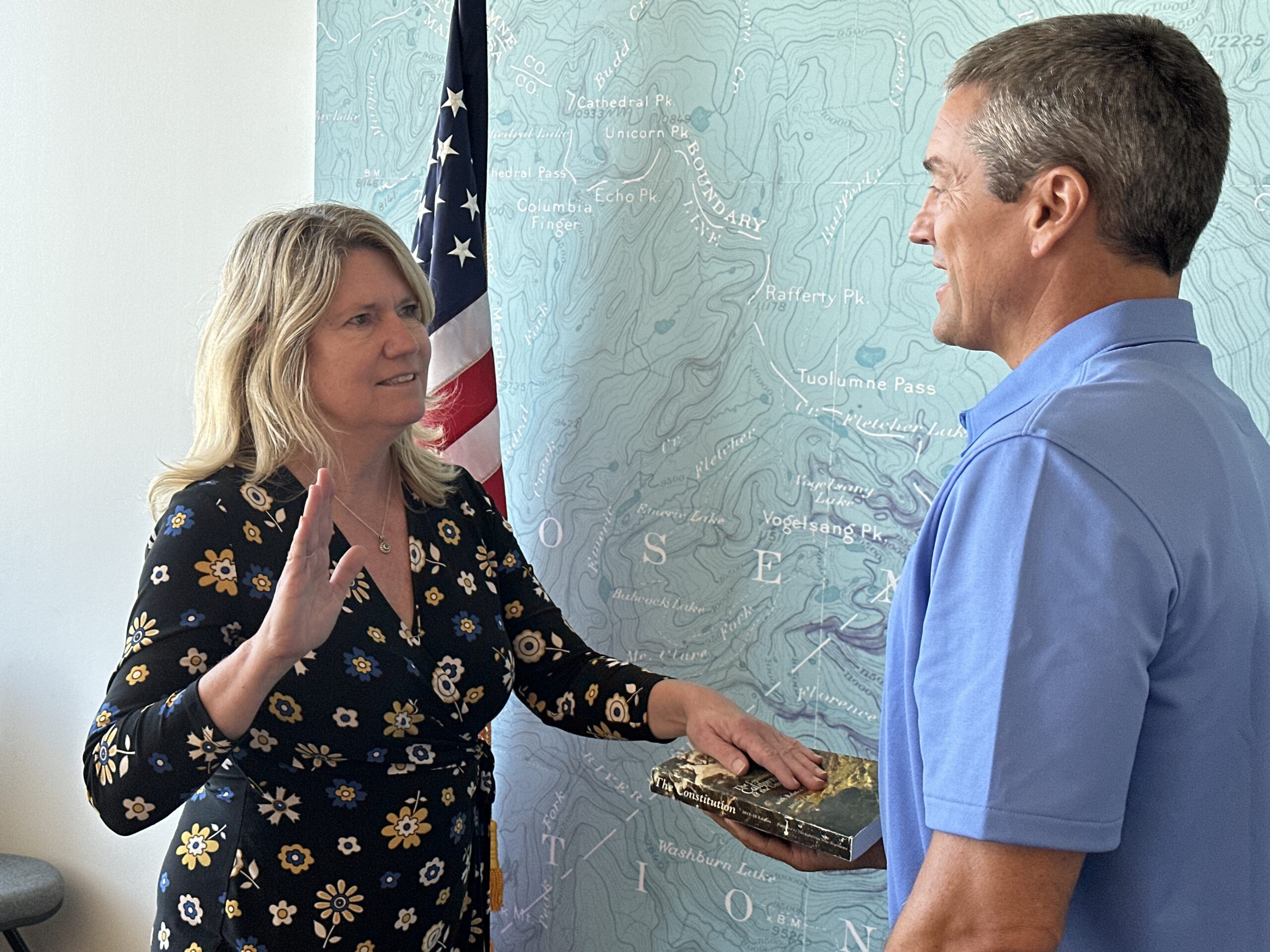
Lisa Lien-Mager Appointed CNRA Deputy Secretary for Forest and Wildfire Resilience
On September 5, Lisa Lien-Mager was sworn in as CNRA’s new Deputy Secretary for Forest and Wildfire Resilience. This position oversees a wide swath of programs, all intended to promote forest health for wildfire and community resilience. Prior to her appointment, Lien-Mager served as CNRA’s Senior Advisor for Strategic Communications since 2021 and as Deputy Secretary for Communications since 2017. Tony Andersen, formally the Deputy Director for Strategic Communications at CAL FIRE, will succeed Lien-Mager as CNRA’s new Deputy Secretary of Communications.
Recap of Sacramento 8/29 Task Force Meeting
SACRAMENTO TASK FORCE MEETING RECAP
August 29, 2023
The Task Force held its quarterly meeting at the California Natural Resources Agency in Sacramento and live on Zoom. Recordings of the sessions are available on the Task Force website. Some of the highlights include:
- Interagency Treatment Dashboard: The Task Force formally announced the beta release of the Interagency Treatment Dashboard. CAL FIRE’s Alan Talhelm demonstrated how the highly interactive online tool will allow users to sort treatments by region, county, land ownership, and more.
- Agency Spotlight – Bureau of Land Management: Karen Mouritsen from the BLM provided updates on a new Statewide Wildland-Urban Interface Fuels Treatments Programmatic EA which accelerates fuels treatments on 930,000 acres of public lands as well as a new Good Neighbor Authority Agreement with CAL FIRE which makes it easier to work across land jurisdictions.
- Regional Frameworks Panel: Forest Schafer from the Task Force moderated a panel of regional leaders discussing how they are organizing regionally to support both capacity building and large-scale implementation.
- Regional Investment Highlights: A panel of regional funders offered overviews of how they are aligning investments on the ground.
Welcome & Executive Remarks
Acting Co-chairs
- Joe Tyler, Director, CAL FIRE
- Sherry Hazelhurst, Director of State & Private Forestry, USFS Region 5
Task Force Executive Committee
- Katy Landau, CalEPA
- Richard Barhydt, Pacific Southwest Research Station
- Don Hankins, Indigenous Stewardship Network
- Sam Assefa, OPR
- Doug Teeter, RCRC
Director’s Report
Director’s Report
Patrick Wright, Director, Wildfire and Forest Resilience Task Force
Interagency Treatment Dashboard
Interagency Treatment Dashboard
Alan Talhelm, Assistant Deputy Director, Climate & Energy, CAL FIRE
Agency Spotlight: Bureau of Land Management
Agency Spotlight: Bureau of Land Management
Karen Mouritsen, California State Director, Bureau of Land Management
Regional Frameworks Panel
Moderator: Forest Schafer, Task Force
• Angela Avery, Sierra Nevada Conservancy
• Karen Gaffney, North Coast Resource Partnership
• Mary Small, State Coastal Conservancy
• Michael O’Connell, Irvine Ranch Conservancy
Regional Investment Highlights
- Jonathan Birdsong, National Fish & Wildlife Foundation
- Kate Dargan & Marion Whitman, Moore Foundation
- Jacy Hyde, CA Fire Safe Council
Closing Remarks
Task Force Executive Committee
CAL FIRE Invests $47M in School Greening
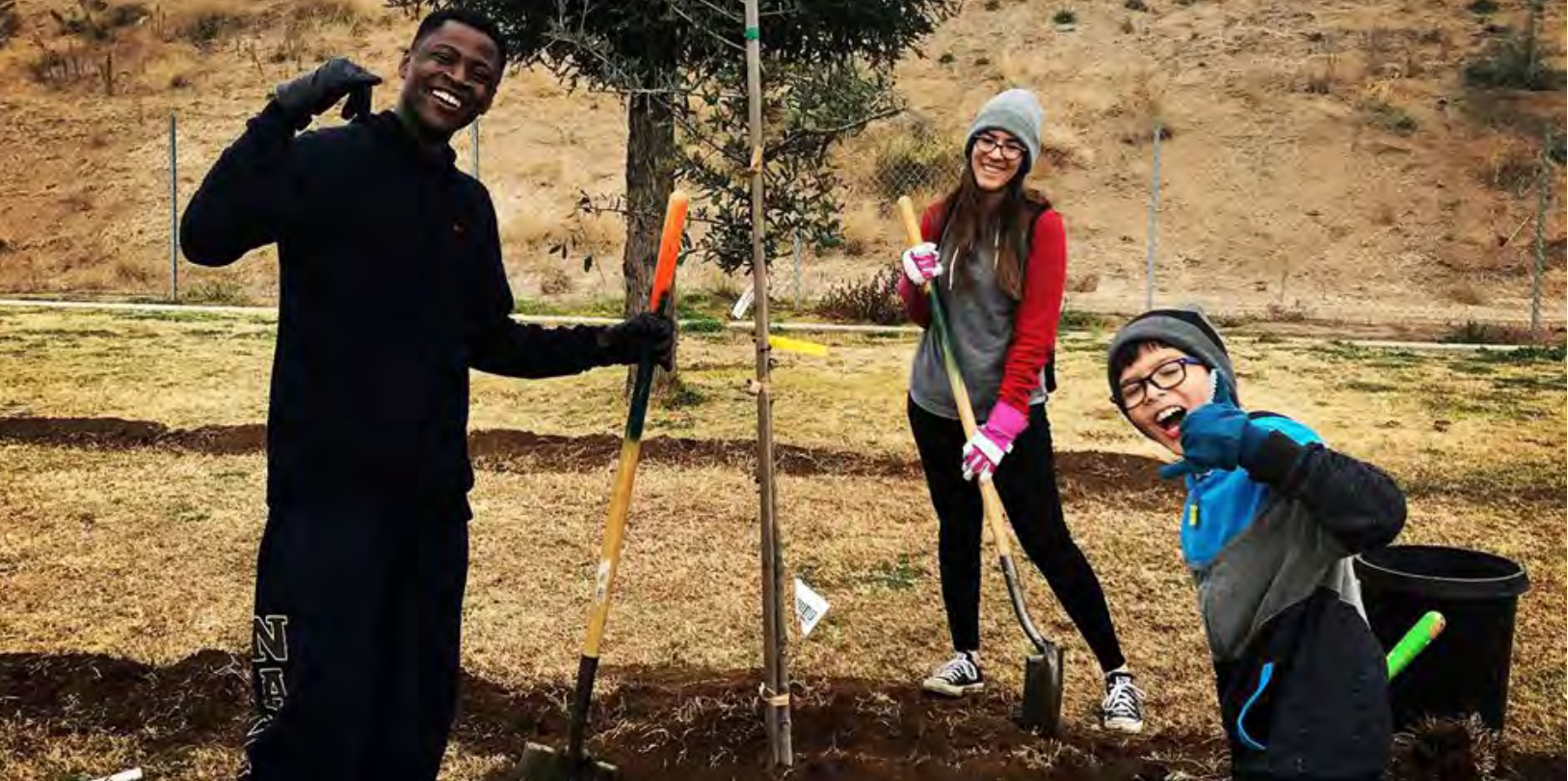
CAL FIRE Invests $47M in School Greening
More shade is on the way! On July 13, Governor Newsom announced CAL FIRE’s $47 million investment to help schools convert pavement to green spaces and plant trees and other vegetation. This first round of CAL FIRE’s $117 million Green Schoolyard Grant program will support 6 implementation projects and 9 planning projects on 100 schoolyards statewide. The program is part of the Governor’s Extreme Heat Action Plan, which is backed by the $52.3 billion California Climate Commitment budget. This program supports the goal of to expanding urban canopy, as laid out in the Task Force Action Plan.
ALERTCalifornia: Using AI to Stay Ahead of Wildfires and Other Disasters
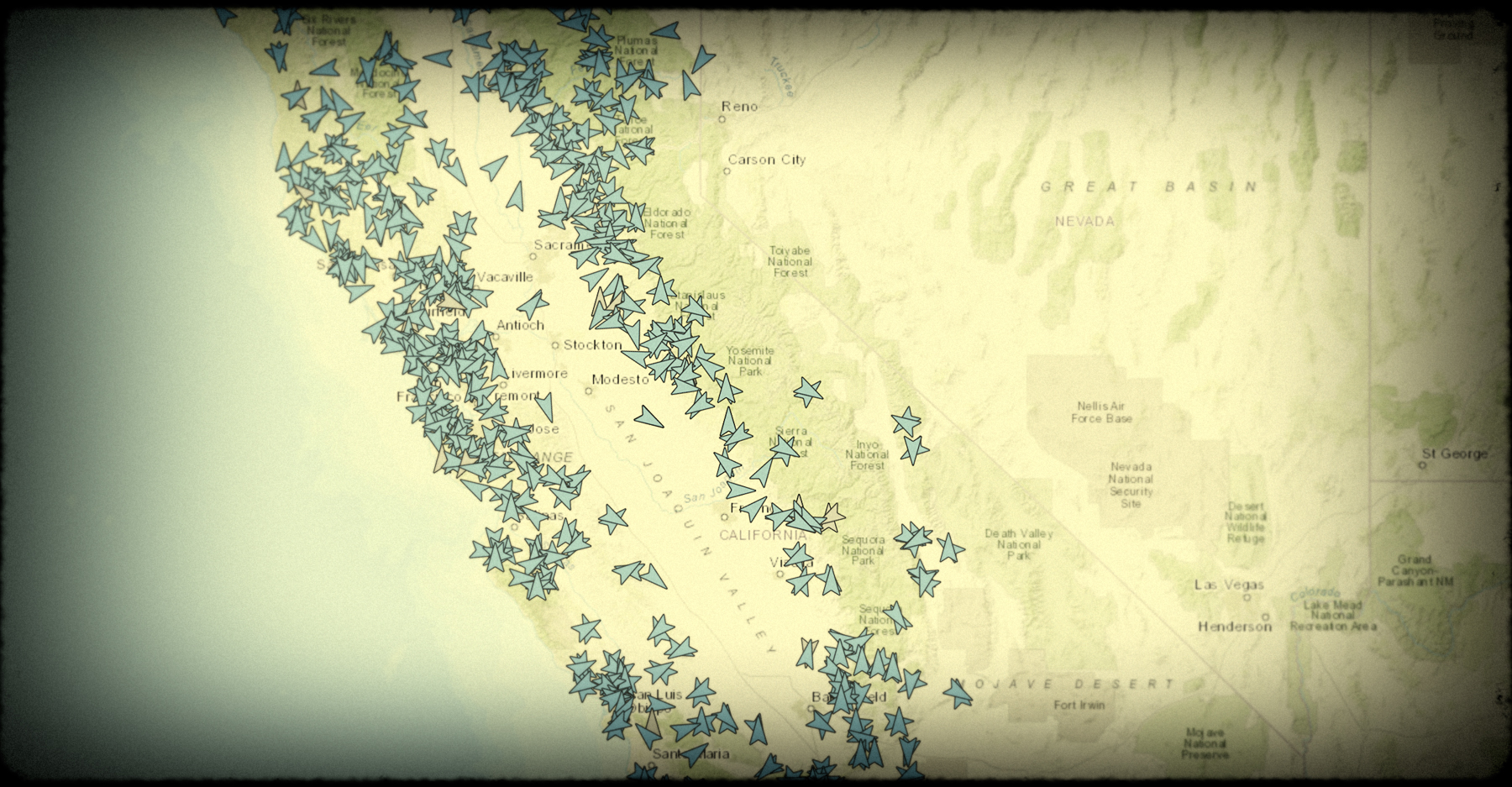
ALERTCalifornia: Using AI to Stay Ahead of Wildfires and Other Disasters
With the shared goal of improving firefighting capabilities and response times, CAL FIRE and UCSD’s ALERTCalifornia has launched an innovative Artificial Intelligence (AI) implementation trial. In keeping with the Task Force’s commitment to cross agency partnership and community protection, this collaborative public safety program aims to provide the tools to prepare for, respond to and recover from wildfires and other natural hazards. ALERTCalifornia has deployed a 24-hour surveillance network of 1,032 high-definition, pan-tilt-zoom cameras for efficient monitoring of active wildfires and other disasters. The pilot program enlists AI to identify abnormalities in the camera feeds and promptly notify emergency command centers.
ALERTCalifornia’s field teams continue to erect new cameras to enhance coverage across the state as California endures more frequent natural disasters. Since the start of 2023, new cameras have been installed in Los Angeles, Santa Barbara and Madera counties.
“The program will spawn invaluable research and mitigation plans that will increase the state’s resiliency towards the new extreme fire risk,” said Neal Driscoll, director of ALERTCalifornia and geoscientist at UC San Diego Scripps Institution of Oceanography.
June Progress on the Ground
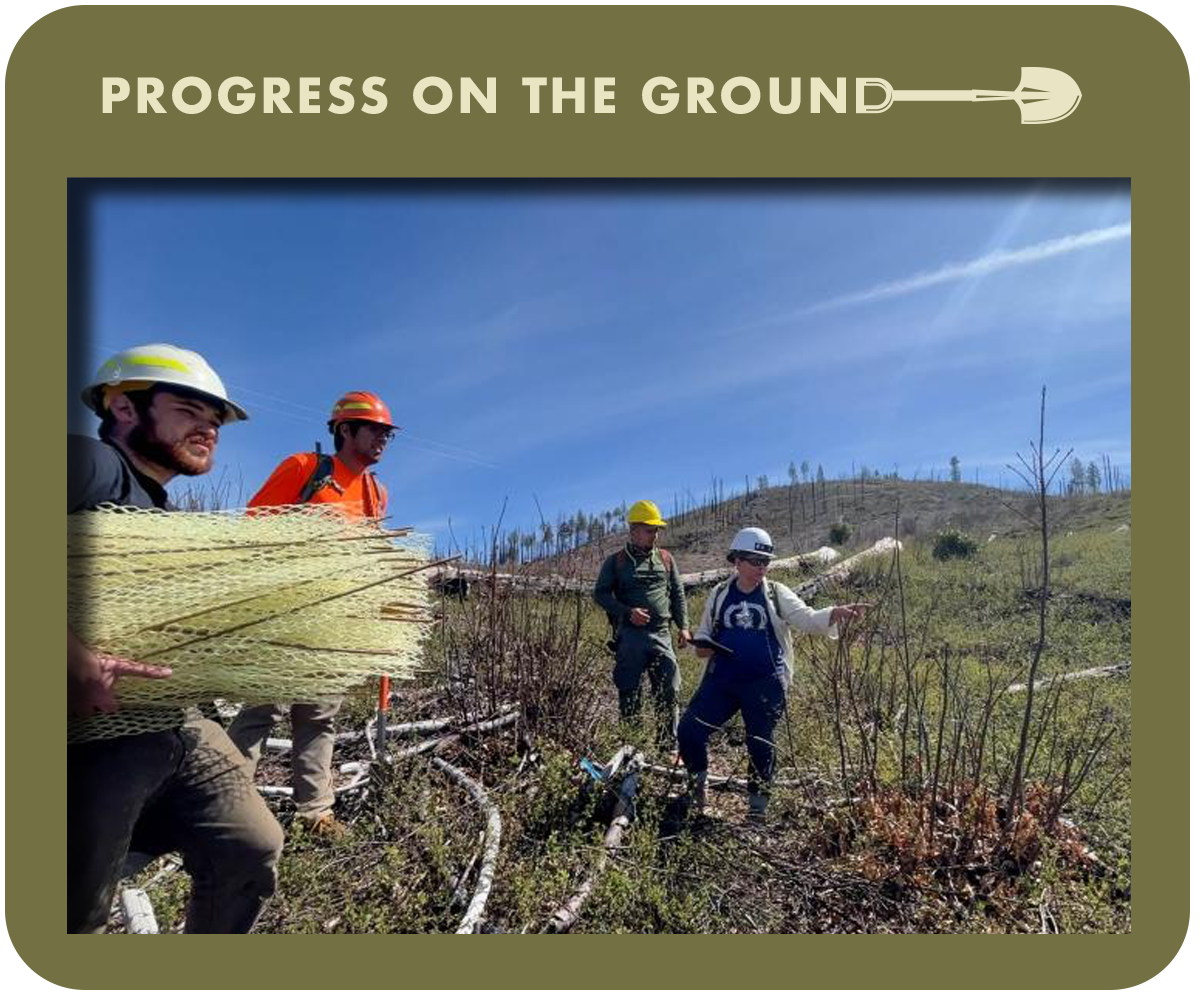
June Progress On The Ground
USFS Concow Resilience Project: Replanting trees is not as simple as it seems. The US Forest Service (USFS) and partners are restoring areas impacted by devastating wildfires in recent years, including the 2018 Camp Fire, and mitigating risks of future catastrophic wildfires with the Concow Resilience Project. The project re-establishes widely spaced oak and pine woodlands to more closely resemble how the land looked prior to European settlement.
USFS Teams up with Shasta College to Provide a Hands-on Learning about Forest Health: Shasta College’s Heavy Equipment Construction and Heavy Equipment Logging students have invested 120 hours this summer in the completion of a fuels reduction project at the Hirz Campground on Shasta Lake with implementation oversight provided by the USFS. Funding for the project was provided by the Shasta Resource Advisory Committee and funding for the Heavy Equipment Logging Operations Program is from California Climate Investments and administered by the CAL FIRE Forest Health Program.
River Pines Community Fuel Break: In the wake of the nearby 2021 Caldor Fire, local residents in Amador County are working with the Amador Fire Safe Council to put CAL FIRE Vegetation Management Program grant money to work to create a fuel break around their community.
The Vegetation Management Program (VMP) is a cost-sharing program that focuses on the use of prescribed fire, and some mechanical means, for addressing wildland fire fuel hazards and other resource management issues on State Responsibility Area (SRA) lands.
Landowners may choose to apply for participation in the Vegetation Management Program. If approved, CAL FIRE assumes the liability for conducting the prescribed burn.
RESOURCES
Task Force Advisory Panel Seeks Input on Northern California Regional Profile
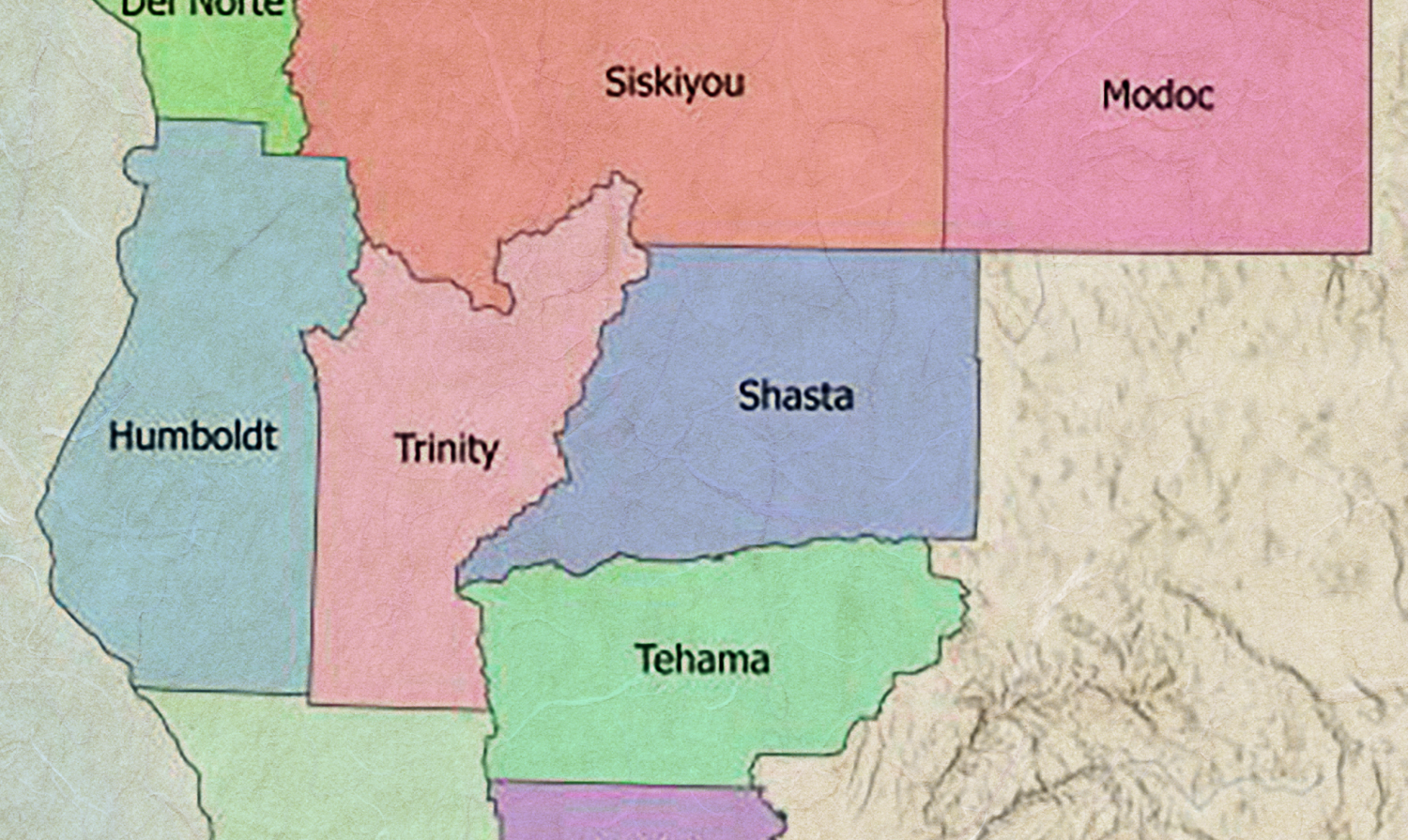
Task Force Advisory Panel Seeks Input on Northern California Regional Profile
In advance of the October 5 Regional Meeting, the Science Advisory Panel is developing the Northern California Regional Profile, a publicly available resource that will summarize the socio-ecological context of the region’s resilience to wildfire. The Panel is requesting those who live, work, or own property in Northern California to participate in a survey to understand regional perspectives on improving ecosystem health and community resilience to wildfire. The survey is open until Tuesday, August 1, 2023.

